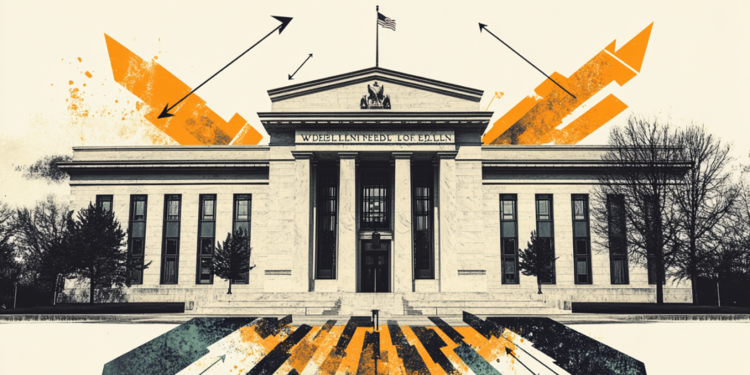- USD/CHF continues to gain positive traction amid relentless USD buying.
- Trump’s trade optimism and high US bond yields support the USD.
- Technical buying above the 200-day SMA contributes to the positive move.
The USD/CHF pair builds on the previous day’s breakout momentum above a technically significant 200-day SMA and gains traction for the fifth consecutive day on Thursday. This also marks the sixth day of a positive move in the last seven and lifts spot prices to the 0.8875 region, or the highest level since July 24 during the Asian session.
The US Dollar (USD) extends the post-US election rally and jumps to a new yearly high, proving to be a key factor acting as a tailwind for the USD/CHF pair. Investors remain optimistic that US President-elect Donald Trump’s policies will boost growth and believe expected protectionist tariffs could spur inflation. This could force the Federal Reserve (Fed) to pause its relaxation cycle, which continues to support the Dollar.
Meanwhile, US consumer inflation data released on Wednesday reaffirmed bets that the Fed would make a third rate cut in December amid a weakening labor market. That said, slower progress toward reducing inflation could result in fewer rate cuts next year. Added to this are hawkish comments from several Fed officials that are keeping US Treasury yields elevated near a multi-month high and offering further support to the Dollar.
Market participants are now looking forward to the US economic agenda, which includes the release of initial weekly jobless claims data and the Producer Price Index (PPI). However, attention will remain focused on Fed Chair Jerome Powell’s speech later during the US session, which will be scrutinized for clues about the future rate cut path. This will play a key role in influencing the USD price dynamics and provide a significant boost to the USD/CHF pair.
Swiss Franc FAQs
The Swiss Franc (CHF) is the official currency of Switzerland. It is among the ten most traded currencies globally, reaching volumes that far exceed the size of the Swiss economy. Its value is determined by general market sentiment, the economic health of the country or measures taken by the Swiss National Bank (SNB), among other factors. Between 2011 and 2015, the Swiss Franc was pegged to the Euro (EUR). The peg was abruptly removed, resulting in a more than 20% increase in the value of the franc, causing turbulence in the markets. Although the peg is no longer in force, the fortunes of the Swiss franc tend to be highly correlated with that of the euro due to the Swiss economy’s high dependence on the neighboring eurozone.
The Swiss Franc (CHF) is considered a safe haven asset, or a currency that investors tend to buy during times of market stress. This is due to the perception of Switzerland in the world: a stable economy, a strong export sector, large central bank reserves or a long-standing political stance towards neutrality in global conflicts make the country’s currency a good option for investors who shy away from risks. Turbulent times are likely to strengthen the value of CHF against other currencies that are considered riskier to invest in.
The Swiss National Bank (SNB) meets four times a year (once a quarter, less than other major central banks) to decide on monetary policy. The bank aims for an annual inflation rate of less than 2%. When inflation exceeds the target or is expected to exceed it in the foreseeable future, the bank will attempt to control price growth by raising its reference rate. Higher interest rates are usually positive for the Swiss Franc (CHF) as they lead to higher yields, making the country a more attractive place for investors. On the contrary, lower interest rates tend to weaken the CHF.
Macroeconomic data published in Switzerland is essential to assess the state of the economy and can affect the valuation of the Swiss Franc (CHF). The Swiss economy is broadly stable, but any sudden changes in economic growth, inflation, current account or central bank foreign exchange reserves have the potential to trigger moves in the CHF. In general, high economic growth, low unemployment and high confidence are good for the CHF. Conversely, if economic data points to weakening momentum, the CHF is likely to depreciate.
As a small, open economy, Switzerland relies heavily on the health of neighboring Eurozone economies. The European Union as a whole is Switzerland’s main economic partner and a key political ally, so the stability of macroeconomic and monetary policy in the eurozone is essential for Switzerland and, therefore, for the Swiss Franc (CHF). With such dependence, some models suggest that the correlation between the fortunes of the Euro (EUR) and the Swiss Franc is greater than 90%, or almost perfect.
Source: Fx Street
I am Joshua Winder, a senior-level journalist and editor at World Stock Market. I specialize in covering news related to the stock market and economic trends. With more than 8 years of experience in this field, I have become an expert in financial reporting.







